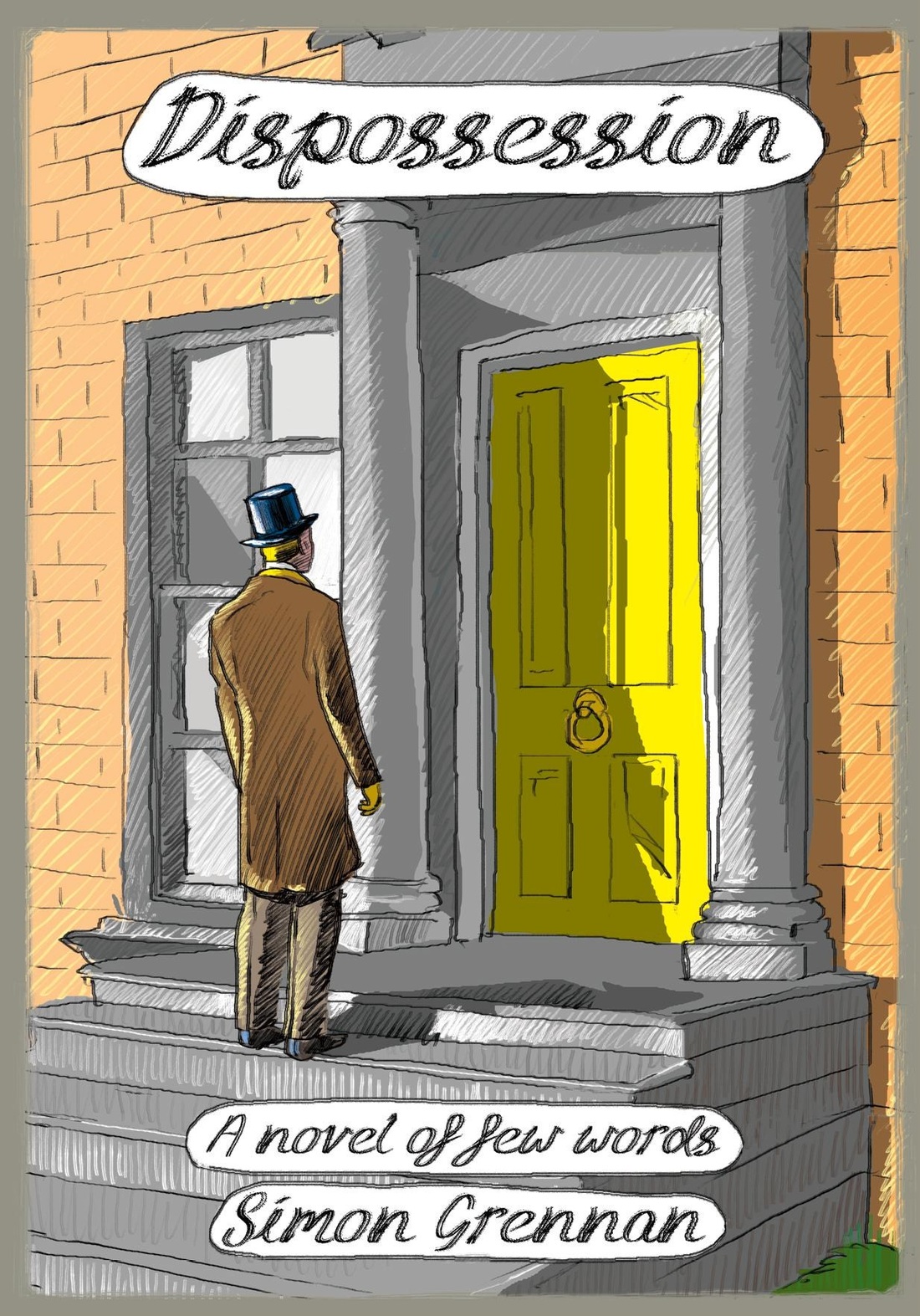The Pleasure of that Obstinacy: J. Hillis Miller on Anthony Trollope, Reading and Technology
|
In May 2015, I travelled to the United States as executive producer of and interviewer for a documentary featuring the eminent literary critic J. Hillis Miller. In this intellectual portrait, filmed on location on Deer Isle (Maine), J. Hillis Miller reflects about the place of Victorian novelist Anthony Trollope in his thinking and writing. It addresses the relevance that Miller's way of reading, with its attention to figures of speech, still has today: a close reading of Victorian novels such as Trollope’s, Miller argues, makes the reader aware of how collective ideological mistakes are made through the performative power of lies, especially in the media.
|
|
Dispossession: A Novel of Few Words, by Simon Grennan
|
In 2012, KU Leuven’s Paul Druwe Fund commissioned Simon Grennan to create a graphic adaptation of a Trollope novel. I supported Grennan as an academic adviser. We decided on Trollope’s 1879 novel John Caldigate, which in Grennan's hands became Dispossession: A Novel of Few Words.
Published by Jonathan Cape, Dispossession embeds the reader in a uniquely wrought experience of the 19th-century, including the first ever use of the aboriginal Wiradjuri language in a graphic novel. Grennan’s new graphic novel also interrogates the process of adaptation from text to narrative drawing itself, developing a visual replacement for Trollope’s literary style. It reflects upon the relationships between showing and telling, between 19th-century and 21st-century literature and illustration, and upon the impact of diverse media on the practice of history. Dispossession has also been published in French as Courir deux lièvres: un roman de peu de mots by Les Impressions Nouvelles. |
Lectures on the History of Contemporary Literature
|
Like many university teachers, I have had to switch to online teaching during the COVID-19 pandemic. As part of this endeavour, I recorded a few of the lectures that I teach as part of the BA1 course History of the Western Arts 4: 1945–present.
In the first lecture, students are introduced to the development of contemporary literature in general. The lecture refers to the work of Simone de Beauvoir, whose importance for the present is emphasized by Kate Kirkpatrick’s recent biography. |
|
|
In the second lecture we explore the intersection of literature and existentialism. To see how Kierkegaard’s ideas return in contemporary films, consider this fragment from the film Margin Call (2011). The following clip from Bojack Horseman provides a good illustration of the ideas of Sartre. In the lecture, I also consider Paul Celan's 'Todesfuge'. You might want to hear the way in which Celan himself reads this haunting poem. Celan's reading begins slowly, but the rhythm gradually increases, (possibly) securing a mesmerizing effect.
|
|
|
In the final lecture, I discuss a second important movement, postmodernism. In general, postmodern narratives tend to question our experience of the reality in which we live. We can find manifestations of this tendency not only in philosophical prose such as W. G. Sebald's Austerlitz, but also in popular genres such as the adventures of Tintin or a computer games such as the Stanley Parable. In this lecture, we trace the emergence of these complex works to the acceleration of globalisation after WWII.
|
|

